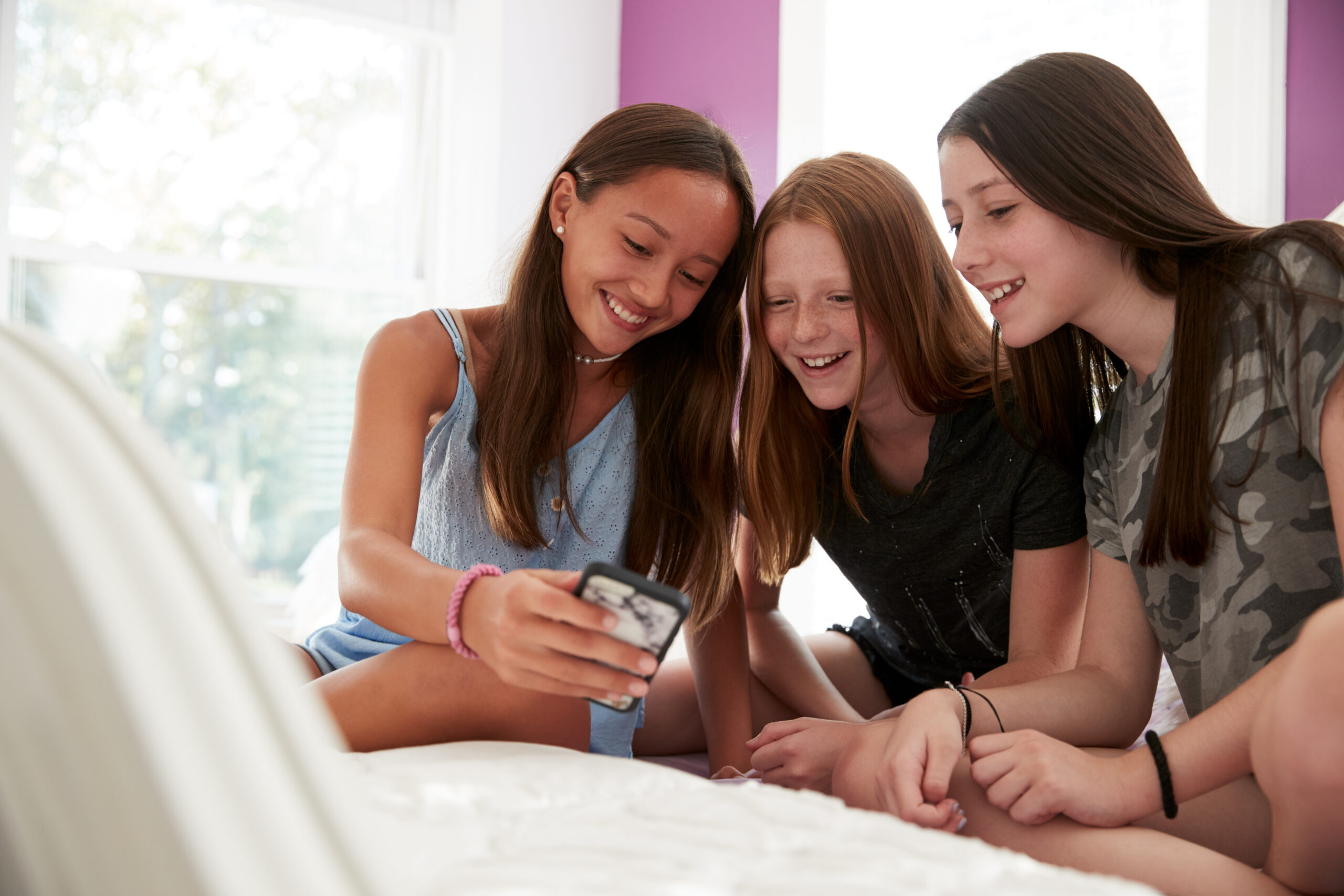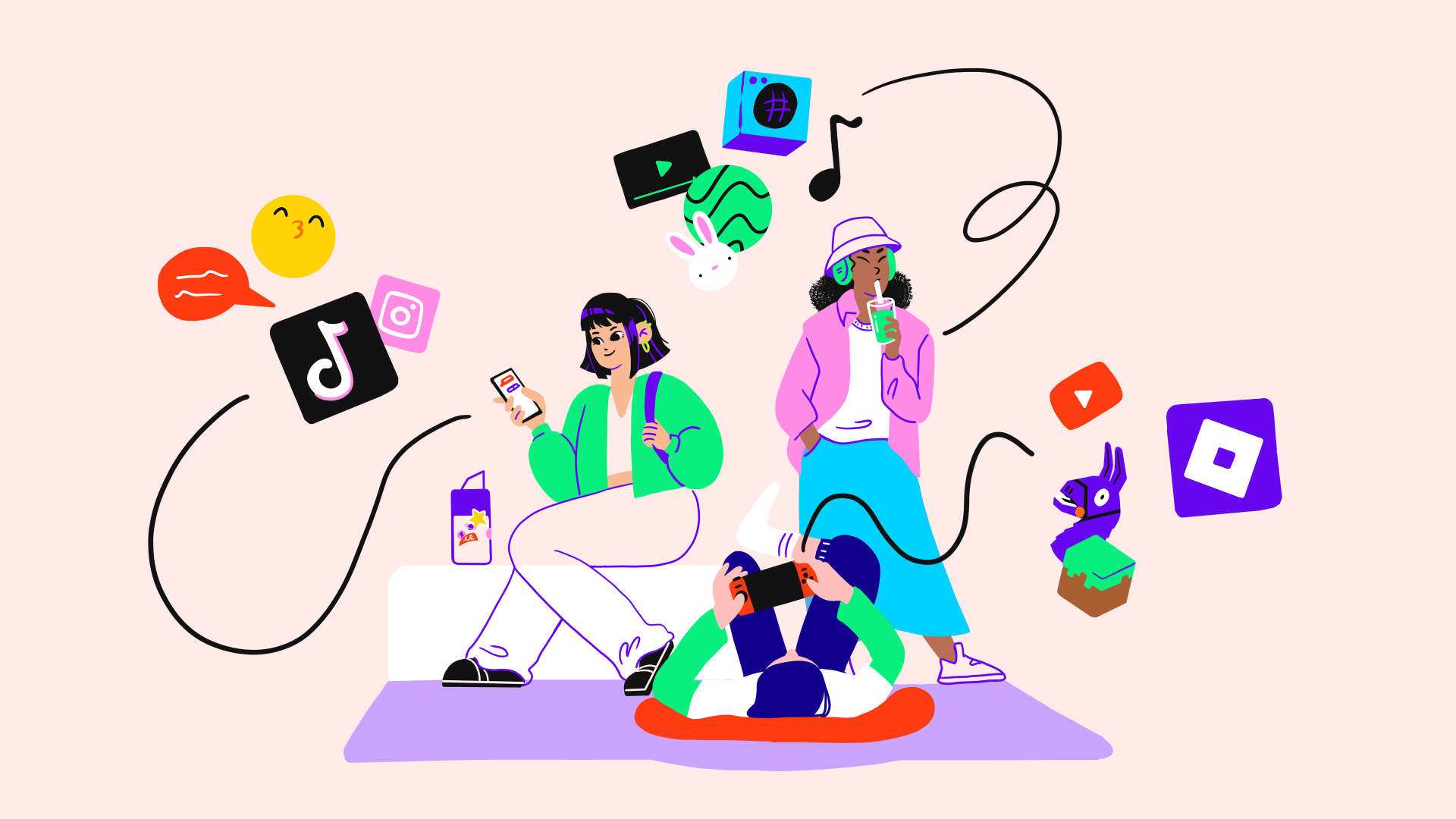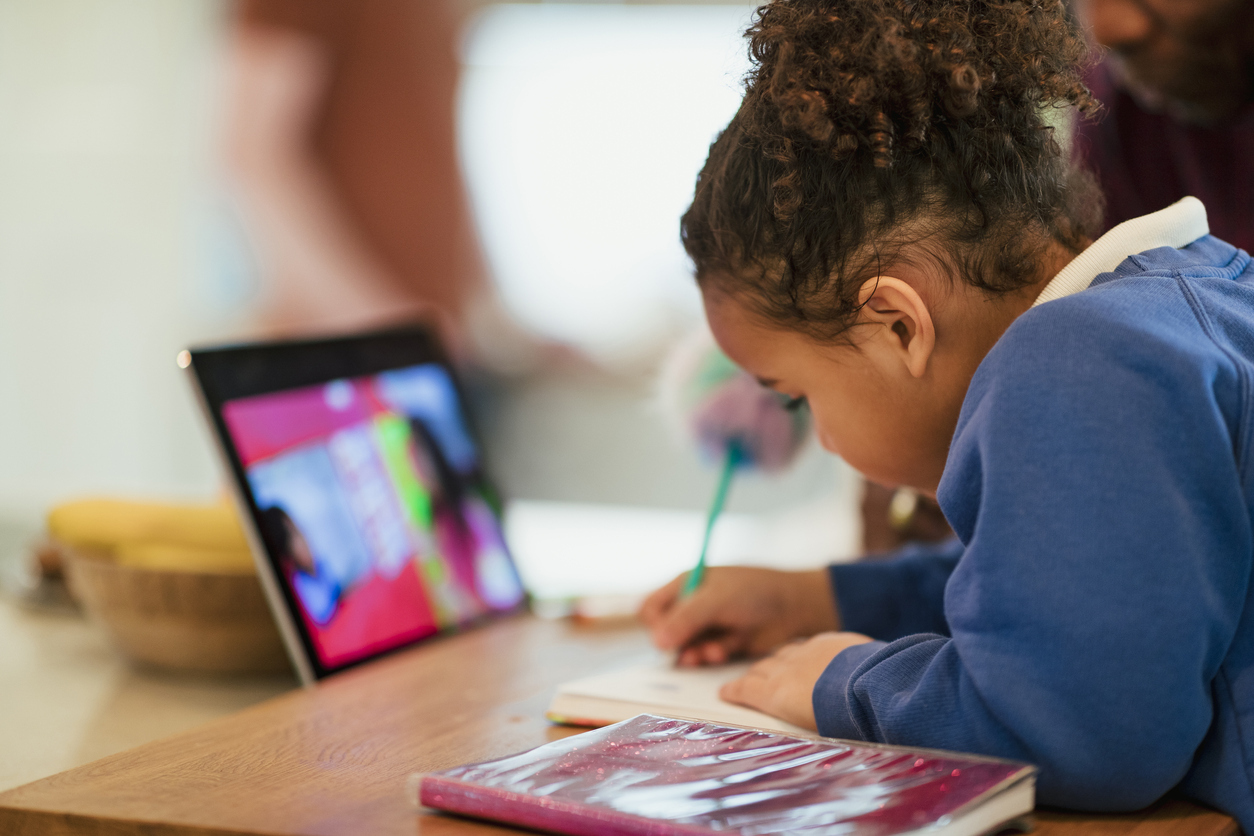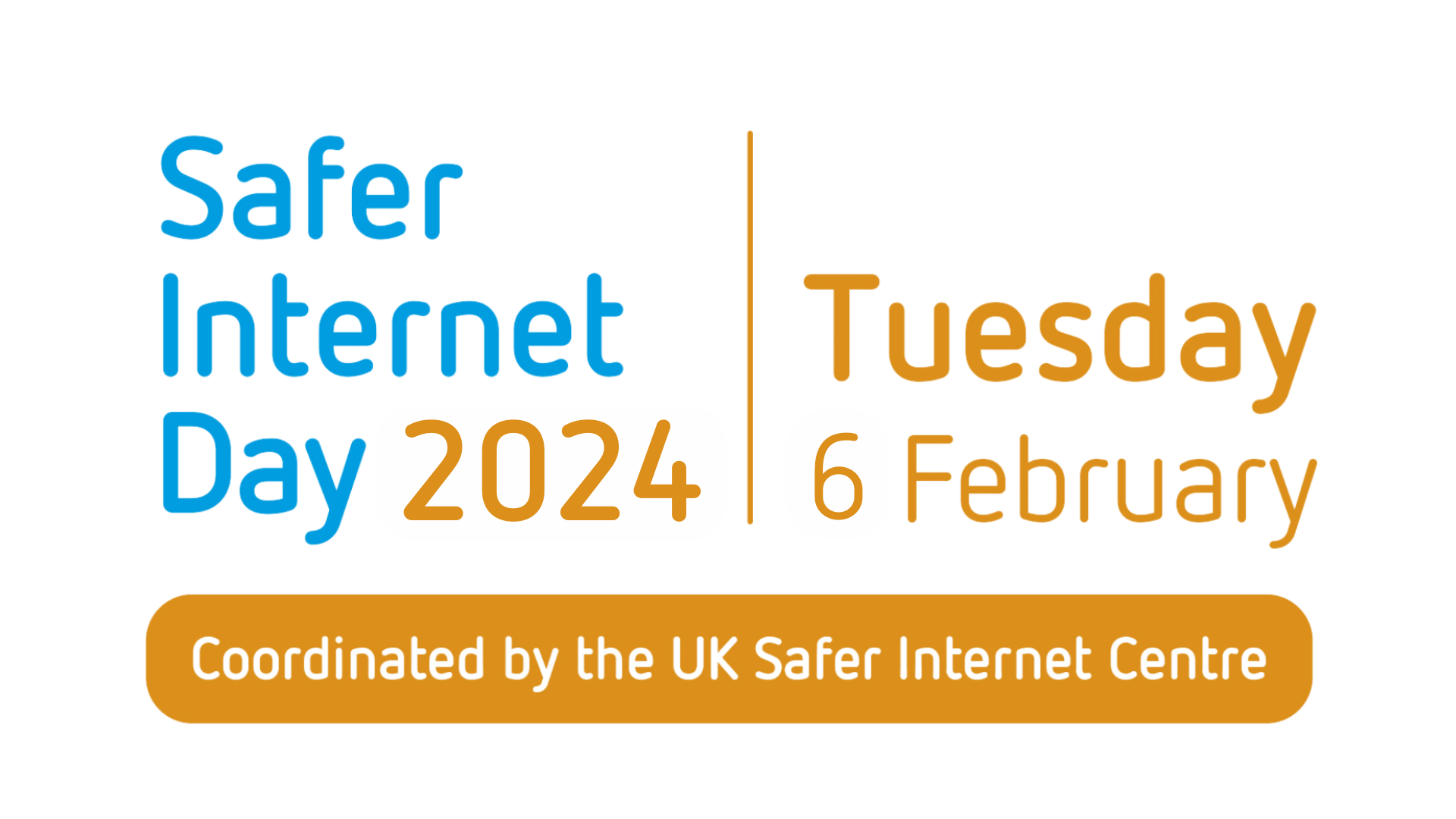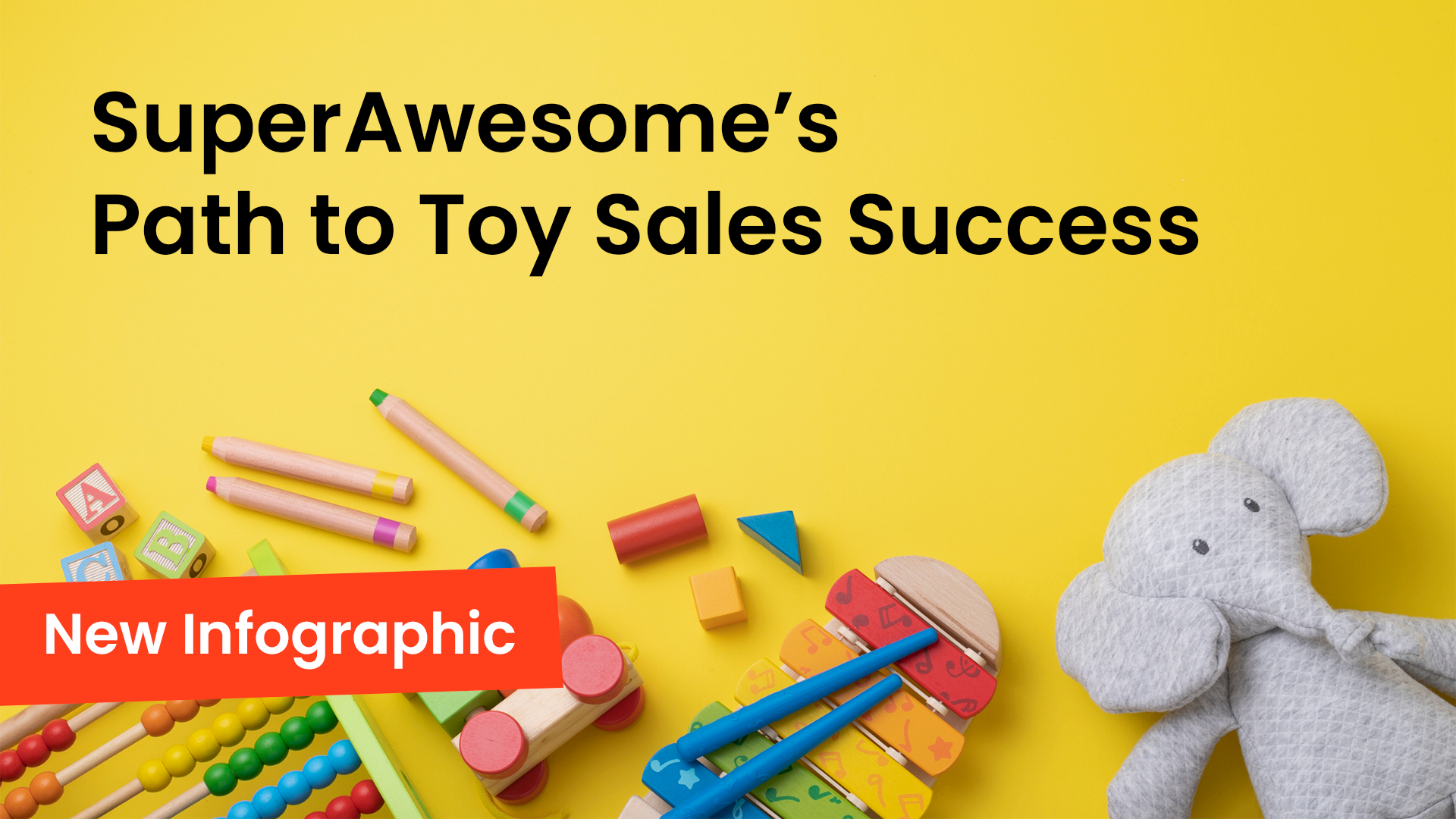When Young Teens choose their first favorite beauty brand, that loyalty often sticks.
Young Teens (aged 13-16) already influence 72% of household beauty and personal care buying decisions, but they are also powerful purchasing agents themselves. Among Young Teens engaged with the beauty/personal care category, 52% of their personal spend goes to their favorite brands, and their reach will continue growing as the brand category expands.
But because Young Teens respond to different channels than their older counterparts, they also require unique strategies.
Where do Young Teens learn about beauty products?
Social networks dominate the online landscape for Young Teens, and the video-focused platforms YouTube and TikTok are the primary drivers for beauty products. YouTube informs the purchasing decisions of 50% of all Young Teens, and TikTok ranked as the overall most-used app among U.S. teens and pre-teens through March 2021.
According to a recent SuperAwesome study, the #PicturePerfects persona — the segment of the Young Teens audience most engaged with beauty products — relies heavily on these networks for product information. Digital channels act as the primary purchase motivator for 89% of #PicturePerfect Young Teens; 80% watch YouTube weekly and 42% use TikTok at least once per week.
How to safely reach Young Teens on social video platforms
Brands can best reach Young Teens by creating relatable and appropriate content, showcasing their product value through the proper channels, and delivering their message in a safe space.
1. Create relatable and appropriate content
Beauty content tailored for Young Teens should be relatable through its positivity and inclusion. Young Teens are beginning to establish their own identities, and beauty and personal care can be complex subjects. Social media can affect body image, particularly among younger demographics still building their worldviews, so brands must balance sensitivity and relatability.
Positive communication is potentially even more effective with Young Teens than traditional beauty messaging based on social expectations. Young Teens respond positively to ethical and inclusive messaging that embraces viewer diversity and celebrates different types of bodies, skin colors, and features.
2. Showcase product value through the proper channels
Product quality rates as the most important brand attribute to Young Teens, followed closely by value (42% and 34%, respectively). But even with effective products, strategic pricing, and an active presence on the preferred social networks, brands first need to earn the attention of Young Teens to communicate these offerings.
Digital channels are the primary purchase motivator for each of the six Young Teen personas. All six personas rank YouTube as their favorite social platform, and the other two networks most aligned to beauty products also score highly. Every persona selected Instagram as one of their three favorite platforms, and five of the six personas place TikTok in their top five.
3. Deliver the message in a safe space, at scale
A space for safe video content excludes negative influences that might detract from brand messaging. Even inclusive communication can be misinterpreted if delivered through the wrong context, which includes who spreads the message and what content surrounds it.
Who spreads the message
Influencers are a popular choice for beauty brands seeking new audiences. Their engaging personalities and pre-established fanbases (typically consisting of relevant followers) offer brands a relatable and authentic vehicle for delivering content, but companies must perform their due diligence. Although influencers fulfill the role of a modern spokesperson, they might lack the polish and experience of televised commercial figures. The intimate relationship between influencers and their followers also magnifies the damage of potential controversy. Brands should review influencer channels and content across all platforms to ensure they partner with the right talent.
Do you want to know 7 best practices of safe youth influencer marketing? Learn more here.
What surrounds the message
There are significant differences between the content and beauty channels that are relevant and appropriate for the Young Teen audience, and those that target the mid-twenties demographic. Buying ads on social video platforms comes with the risk of appearing against inappropriate content that promotes unhealthy beauty regimes such as surgical procedures, extreme diets, and other mature themes. Navigating the Young Teens cohort requires a specialist partner with a robust contextual targeting solution for YouTube.
How to start a safe social video beauty campaign for Young Teens
Are you interested in learning more about safely and effectively reaching young audiences through safe social video content? Find out how AwesomeAds for Social can help you run video campaigns across any medium or vertical, all within a safe space that properly positions your brand. Our robust contextual targeting solutions combine AI and human moderation to discover and classify content, which allows you to deliver against channels that are safe and relevant for Young Teen audiences. AwesomeAds for Social also features the ability to pull trends out of each genre to provide more compelling pre- and post-campaign insights.

